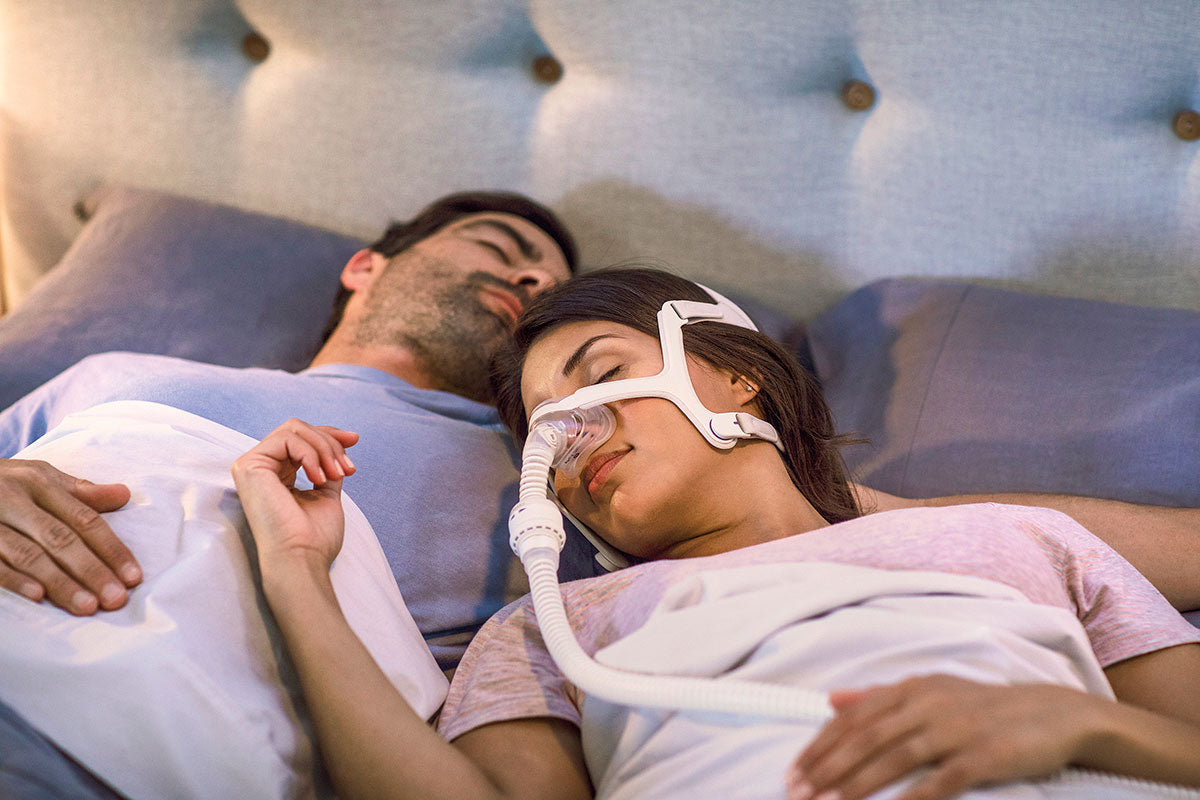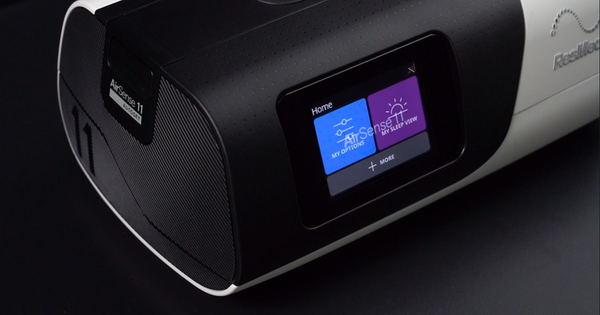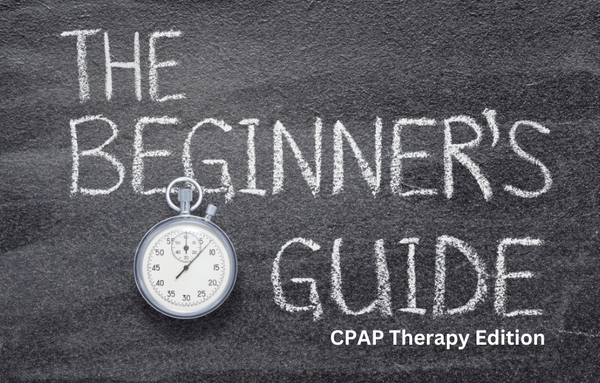APAP vs BiPAP: These Sleep Apnea Machines Explained
April 27, 2020

APAP vs BiPAP: Which Sleep Apnea Machine Is Right For Me?
So, you’ve just been diagnosed with Sleep Apnea, also known as OSA. The first course of action with a diagnosis is to get on a treatment plan that involves positive airway pressure (PAP). This is achieved by using a PAP machine.
Your sleep doctor will recommend what kind of machine is best for you depending on the type of Sleep Apnea that you have and its severity. However, there are many different kinds of PAP machines available on the market. The three most common are APAP, BiPAP and CPAP.
Following on in our series of examining each of the Sleep Apnea machine types that are on the market, next we are comparing APAP and BiPAP. If you have prescribed either of these machine types but are wondering how they differ from the other, we’ll explain all that.
APAP: An Inside Look At This Form Of Sleep Apnea Therapy

Firstly, let’s look at the APAP machine and how it is used as part of Sleep Apnea therapy. APAP stands for Automatic Positive Airway Pressure. This PAP machine is configured to deliver air pressure to an OSA patient that adjusts based on the individual’s needs.
APAP machines are able to calculate an individual’s required pressure levels automatically and can adjust instantaneously to provide comfort with each breath that a person takes while they are sleeping. It is this feature that makes this Sleep Apnea machine so unique. Why is this? Because other PAP machines such as a CPAP deliver airway pressure at a consistent pressure level and don't have the ability to adapt to changes in a person’s breathing pattern.
Many Sleep Apnea patients that either find it too difficult to exhale against the constant pressure of a CPAP machine or suffer from allergies and congestion on a regular basis are often prescribed an APAP machine as part of their Sleep Apnea therapy. Most patients appreciate the use of an APAP machine due to their flexibility and the ease of adaptability to treatment.
BiPAP Machine: What Is It?

A BiPAP machine, also known as a Bi-level Positive Airway Pressure machine is another example of a machine that is used to treat Sleep Apnea. We have spoken about this type of OSA therapy in a previous post but we want to share a little recap with you to refresh your understanding.
Many components of a BiPAP machine look similar to that of a CPAP machine, however, the way in which it functions is very different. This type of Sleep Apnea machine provides treatment to patients by delivering two different pressure settings: inspiratory positive airway pressure (IPAP) and expiratory positive airway pressure (EPAP).
Both of these pressure settings are configured at different levels. IPAP is used when inhaling as it relies on a higher pressure setting which supports the inhale and ensures that enough air is being delivered to keep the patient’s airways open. EPAP, on the other hand, is set at a lower pressure and is used on the exhale. That is because when we exhale, we don’t need the same level of assistance, so having a lower pressure level makes it more comfortable to exhale against.
Many sleep physicians would often prescribe an OSA patient with a BiPAP machine if they also experience breathing restrictions such as due to COPD or if they experience intolerance to CPAP therapy.
What Is The Main Difference Between The Two Sleep Apnea Machines?
When it comes to the appearance of these machines, both are produced with similar parts and features. From first glance, it would be hard to tell whether the machine is a CPAP, BiPAP or an APAP. However, the difference is in the details and when it comes to these two Sleep Apnea machines, the main difference is how they deliver airway pressure.
While it is clear to see that neither machine delivers therapy in the same way that a CPAP machine does, an APAP machine certainly ticks more boxes when it comes to flexibility. With a BiPAP machine, only two set pressure levels are delivered. However, with an APAP machine, your sleep physician will set a pressure range that allows more of a fluid movement to adapt to your breathing needs at night.
Yet, BiPAP offers an advantage that can’t always be fulfilled by either APAP or CPAP which is the additional support for other respiratory issues such as pneumonia, COPD and hypoxemia.
Purchasing A Sleep Apnea Machine: Considerations To Keep In Mind
When it comes to purchasing either an APAP or BiPAP machine you will need to keep a few considerations in mind.
Firstly, only purchase the type of Sleep Apnea machine that has been prescribed to you by your sleep physician. Using a PAP machine that is not right for your needs or conditions could lead to unsuccessful treatment. If you are unsure which machine you have been prescribed, reach out to our experts and we’ll point you in the right direction.
Secondly, consider whether you will need a machine that is easily portable for travelling and what kind of sleeper you are. Knowing the answers to these questions will help you in picking the right accessories for your machine too.
If you need an APAP machine, our top recommendation is the DreamStation Auto Expert with Humidifier and Heated Tubing. Many customers enjoy the modern, low-profile look that this PAP machine offers. The DreamStation brand also offers a BiPAP machine which is another Sleep Apnea machine that is highly regarded by our experts here at CPAPMachines.ca.
Share:
Leave a comment
Comments will be approved before showing up.





